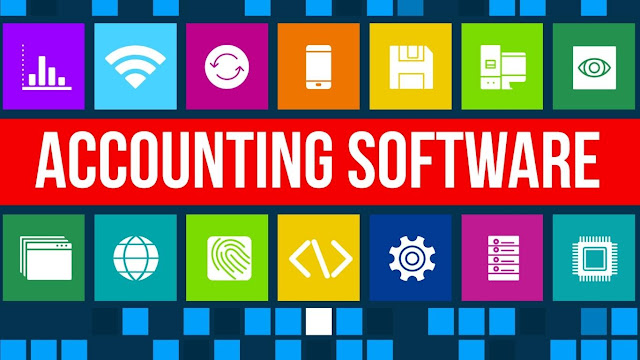How would I do Accounting for my small Business?
- For Small Business Accountants Perth, you can set
Accounting by following these seven steps.
1. Select an Accounting technique
When it comes to setting up the Accounts, the initial step
is to set up an Accounting firm. Coming up next are the bookkeeping approaches
accessible to you:
• Cash-premise:
bookkeeping is the most direct bookkeeping framework.
• Accrual: The bookkeeping system that is the most troublesome
• Modified cash-premise: Combination of money premise and accumulation bookkeeping
2. You have to conclude how you'll monitor your exchanges
How would you like to enter exchanges into your Accounting framework? You might be pondering:
• Recording
exchanges the hard way (e.g., accounting page)
• Hiring an Accountant
• Using different types of Accounting Software
3. Make an asset report.
Your Balance sheet comprises of these five segments:
• Assets
• Liabilities
• Equity
• Revenues
• Expenses
4. Open a business ledger
It's furious to blend individual and business reserves. Open
a different business financial balance to try not to account goofs, wrong duty
filings, and overspending.
Starting a business financial balance not just makes it
simpler to monitor your funds, yet it likewise gives a reasonable review trail
to your business.
5. Decide how your business will get compensated
Settle on the sorts of installments you'll acknowledge from
your customers. This might incorporate the accompanying:
• Cash
• Check
• Credit card
• Mobile wallet installment
6. Monitor your costs.
Accounting expects you to monitor your costs. It supports
the association of your books. Also, when it comes time to document your
duties, you'll be happy you monitored your costs.
Remember the accompanying data when monitoring your costs:
• Receipts
• Bank and financial records
• Invoices
• Bills
• Cancelled checks
• Proof of installments
• Previous government forms
7. Make a timetable and set updates
Placing off archiving exchanges in your books is the last
thing you need to do. Permitting exchanges to collect will bring about muddled
records, mistakes, and a lot of unnecessary pressure.
Build up and cling to an arrangement or accounting period to
make the accounting assignments more straightforward. Your timetable begins
with your record adjusts toward the start and finishes when you close your
books.



Comments
Post a Comment